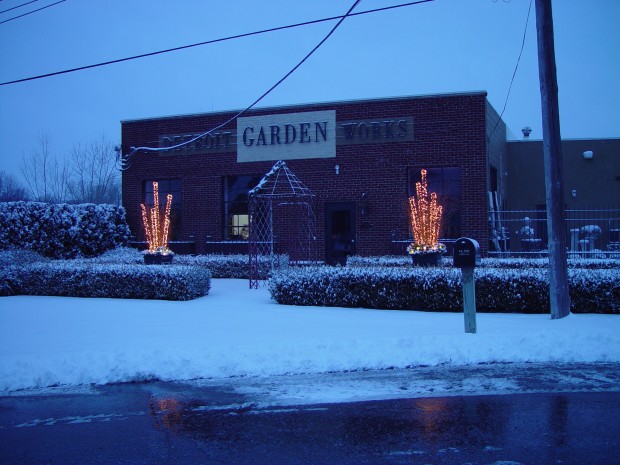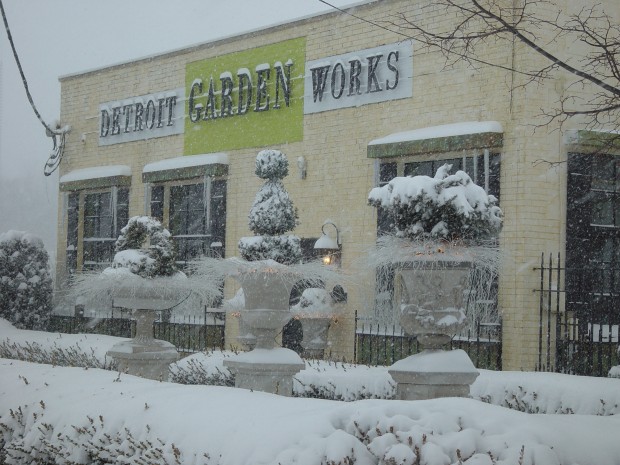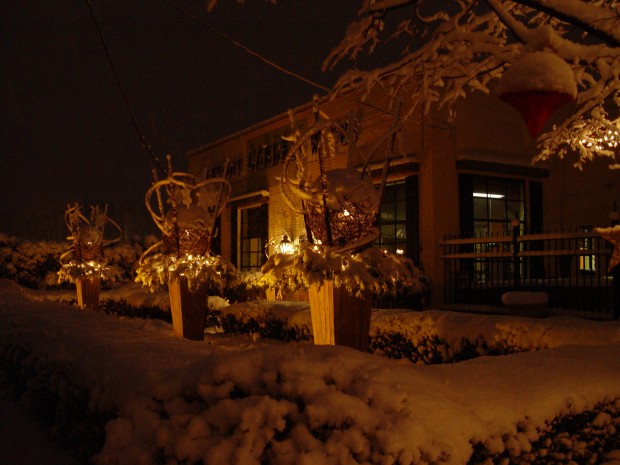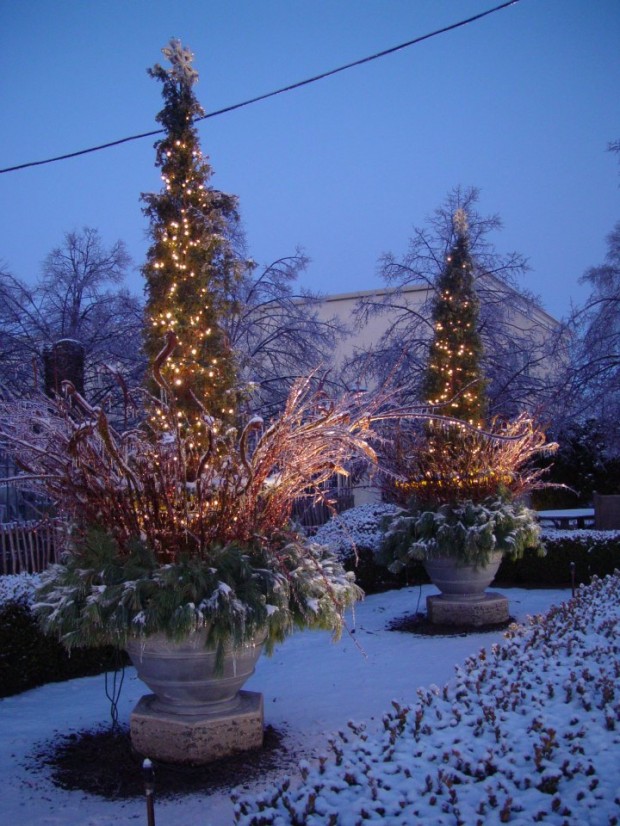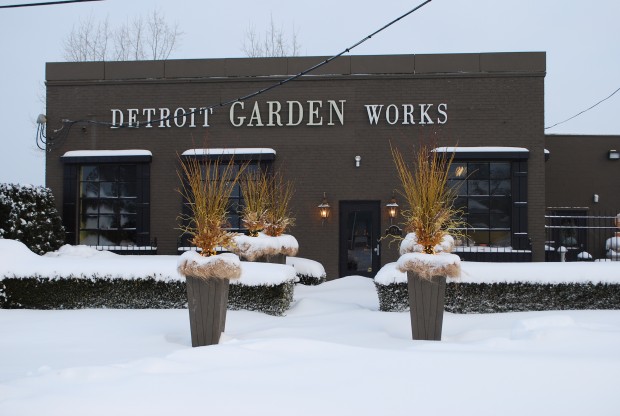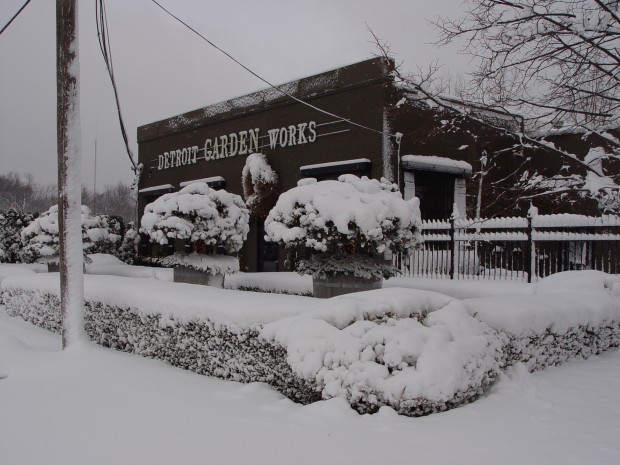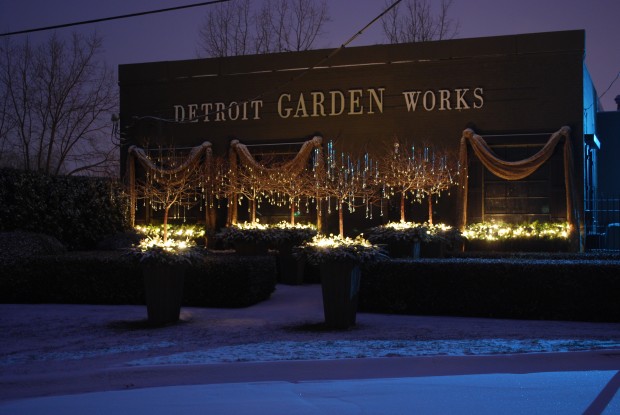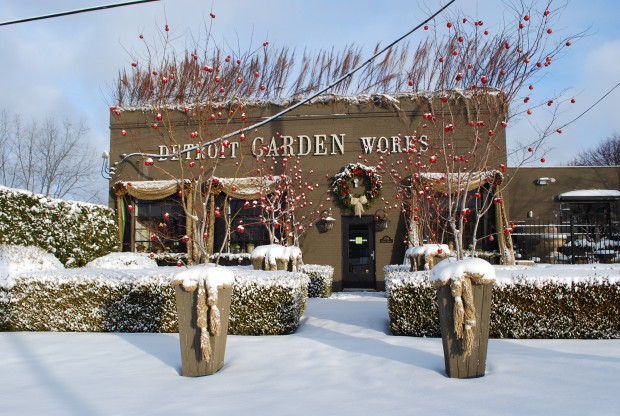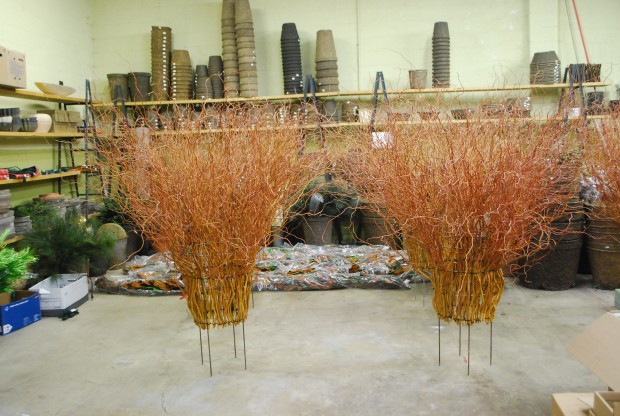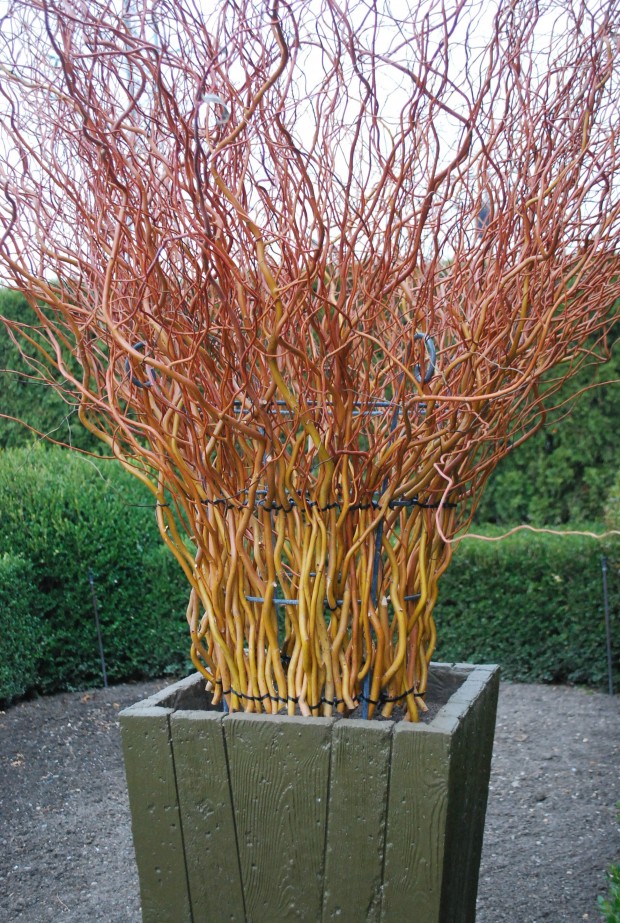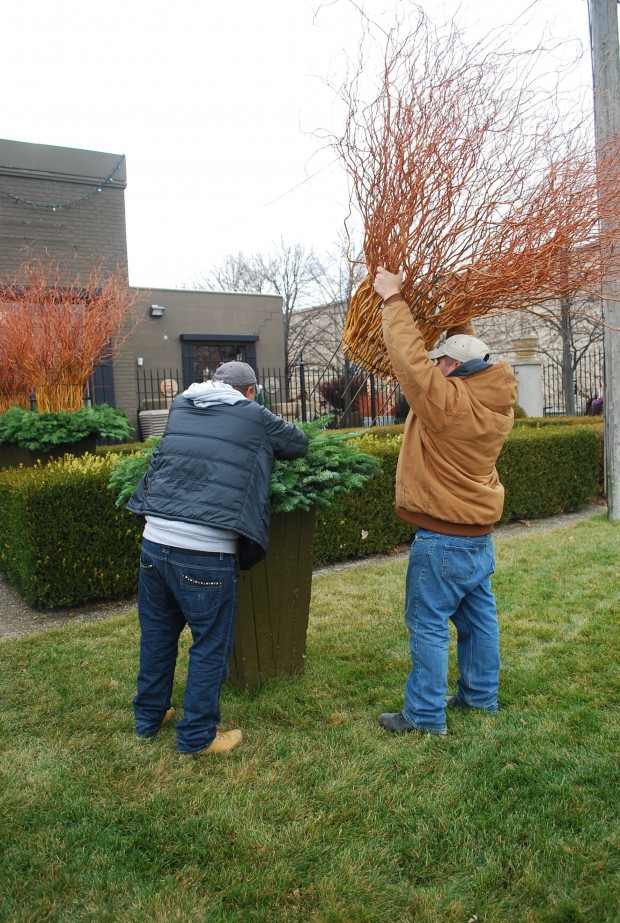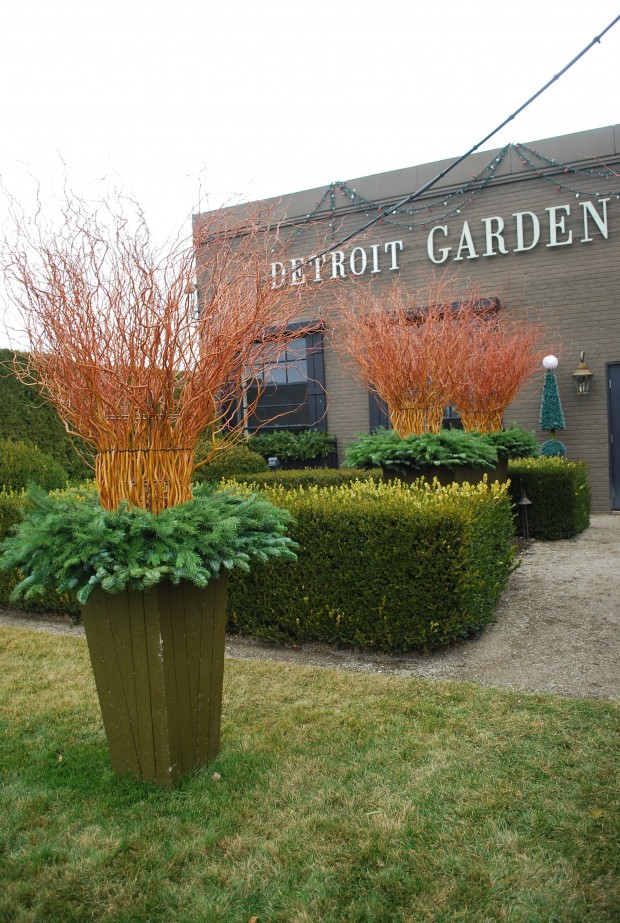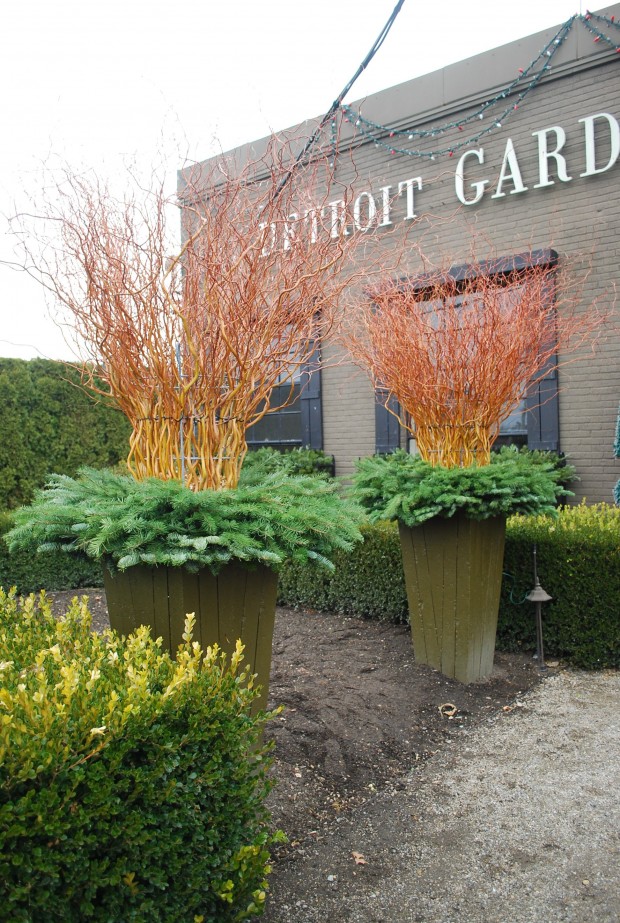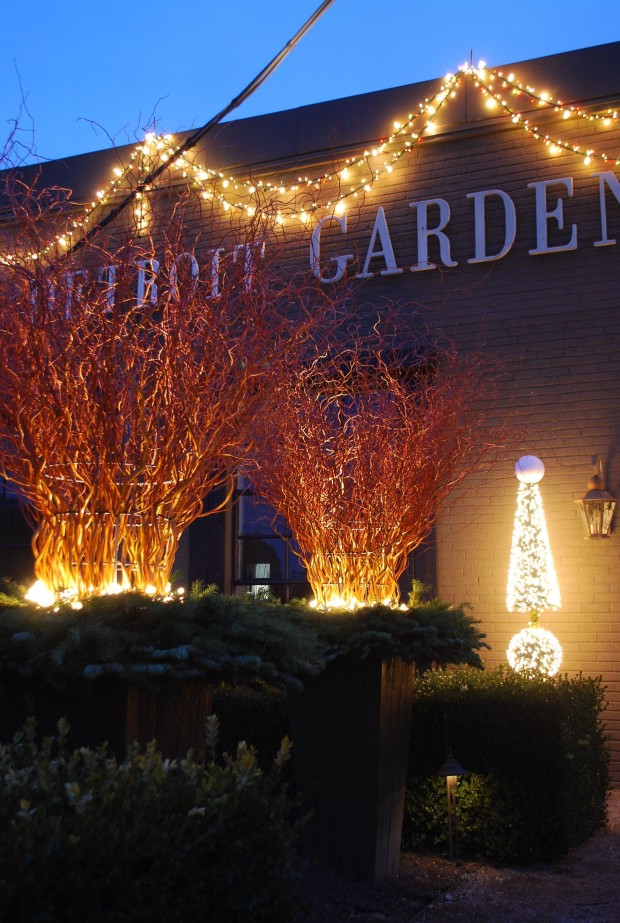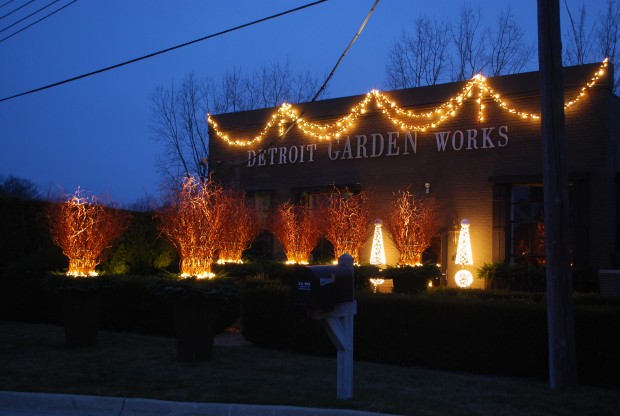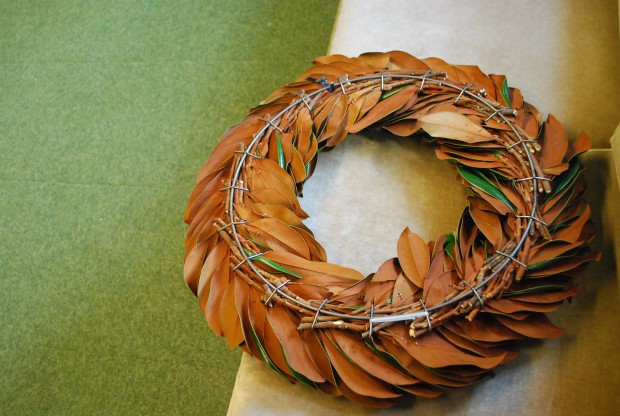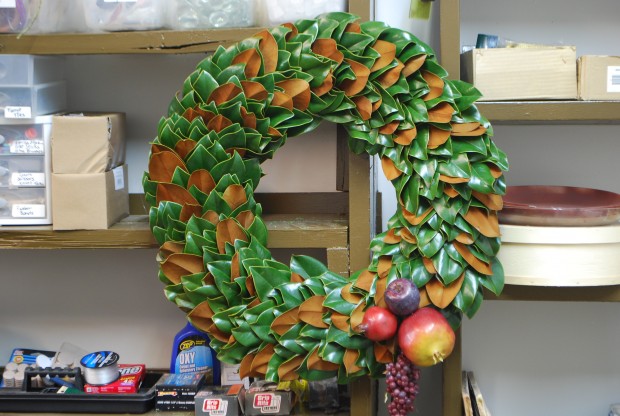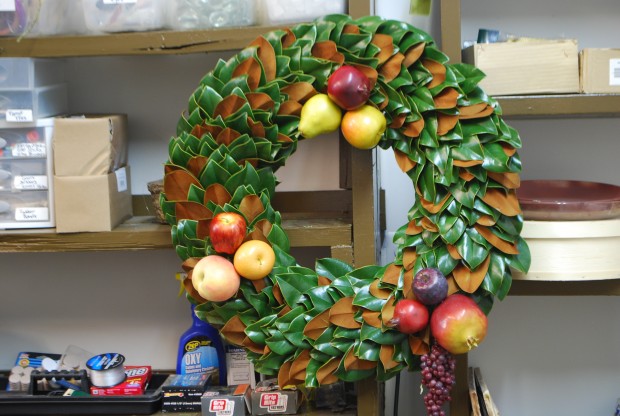There are lots of things a competent garden or landscape designer can accomplish for a client. Another pair of eyes, and a fresh point of view is usually a good idea. What else does a good designer bring to a project? The willingness to listen, and hear. A working knowledge of design. An ability to conceptualize. Familiarity and experience growing a wide range of plants. An understanding of good drainage, and grading. The ability to place and plant properly. A passable acquaintance with architctural forms. I think a knowledge of the history of landscape and garden design is a plus. The designer should have the skills necessary to draw a plan, and make a presentation that clearly explains that plan. A knowledge of available materials is essential. A willingness to source materials difficult to find is a show of willingness that will help a project along. A good sense of humor is always appreciated.
What else should you expect from a landscape designer? Some designers have their own installation crews, as I do. Some dsigners either subcontract, or recommend an installation contractor. An extensive landscape project can require expertise from a lot of different fields. You may need a topological survey, or a grading plan. You may need an architect for an addition or a pool house. An electrician, a site engineer, an irrigation contractor, an interior designer-I have seen projects needing all of the aforementioned. You may simply need a stone mason to install walks or terraces. A recommendation from a designer who has worked with lots of contractors can be of help. You may need a different kind of mason for the installation of load or soil bearing walls. A carpenter might be required for a pergola, a site engineer for a radical change of grade. All of these trades on a project means there are permits to be pulled, and codes to be observed. Small projects? A small project does not imply that a designer with limited skills would be ok. Small projects can require more imagination and problem solving ability than you might think. But there are things a designer/contractor cannot do for you.
There is never any substitute for the touch that an individual gardener has to put to their project. The best way I have to explain this is as follows. I have had dinner at any number of restaurants-some of them extraordinarily good. But was the best dinner I have ever had out, prepared by a professional chef, comparable to any number of dinners I have had at Julie’s, or Gerhardts, or Julia’s, or Lauren’s or Jane’s, or Janet’s house? Or at my own house-with Buck cooking? No. Not even close. The best dinners I have ever had was by invitation, created and served by an individual that put every ounce of their time and energy to creating it.
What is the idea here? In the next three weeks, I have a daunting list of projects for landscape, winter and holiday containers, holiday lighting and decorating that have to be done. I think the work will be good, and thoughtful-I take great pains to see to that. But if I had only one project to finish over the next three weeks, I could do a truly extraordinary job of it-given that amount of time to think and plan, and construct.
I have seen private gardens-designed, engineered, planted and nurtured by individuals who have never consulted a professional designer- that take my breath away. My best hope as a designer is to give a client a beautiful, solidly conceived and built framework. We can rework or add to an older landscape, or install a new one. The big gestures. Gardens-yes. Once a client takes ownership of that new landscape, the hope is that they will go on to make that landscape their own. Those clients that have less time than I, I stand in for them in the best way I can. If you are an individual gardener who has created your own gorgeous garden-bravo. If you are a client rushed by circumstance, every hint, magazine clipping or random idea you send my way- thanks. Better gardens for all-I like this.
